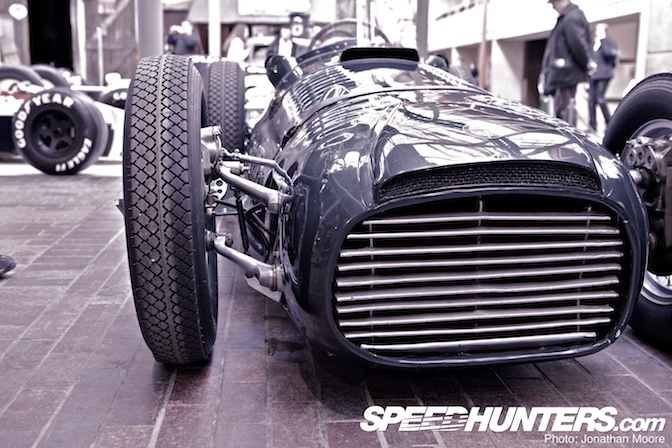

If you heard this car, your life would be forever changed. The gaping maw of the 1950 BRM Type 15 hides its 1.5-litre engine – in itself nothing special, but then, like with the Formula 1 turbo cars of the 1980s, there is 1.5-litres and 1.5-litres. This particular 1.5-litre tiddler is a V16. As ever when describing a sound with a story comprising pictures and words, it's difficult to put across the noise this monster makes. But it's like a volcano. Although not remembered as the most successful car of the era, the Type 15 was if nothing else a sonic assault on the nascent Formula 1 championship, and defined what an F1 car should be like in the 1950s.
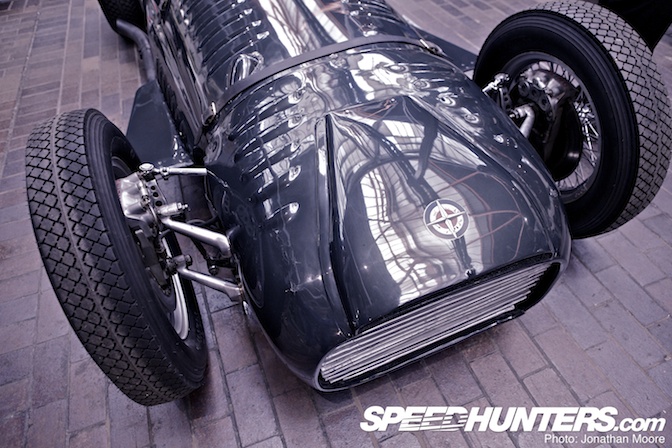
British Racing Motors was founded just after the Second World War by ex-racing driver Raymond Mays and engineer Peter Berthon. Mays had raced for another famous British marque, ERA, in the inter-war years, and had the dream of starting an all-British grand prix team to enter into the new-for-1950 Formula 1 championship. The first event would be at Silverstone in England: the perfect place for the renaissance of British racing aspirations, which had lain dormant for almost 20 years.
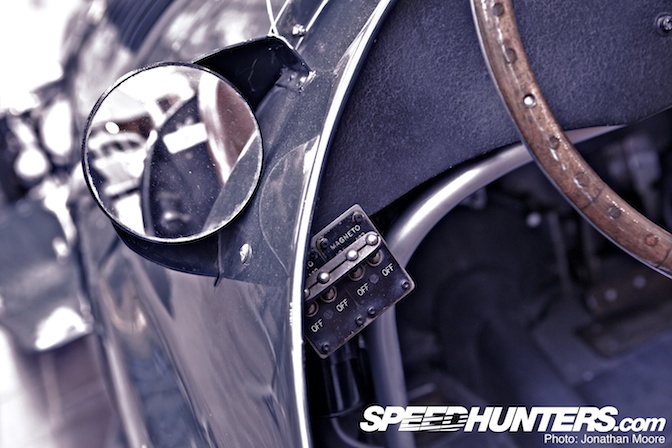
Whilst others countries had combed war-torn Europe for rocket scientists, BRM sent out one of their team to track down documents from the defunct, dominant racing teams of the '30s. The gearbox, front and rear suspension were all derived from pre-war German and Italian racing technology: the roots of the Type 15 were as much in the factories of Mercedes Benz, Auto Union and Alfa Romeo as those of BRM.
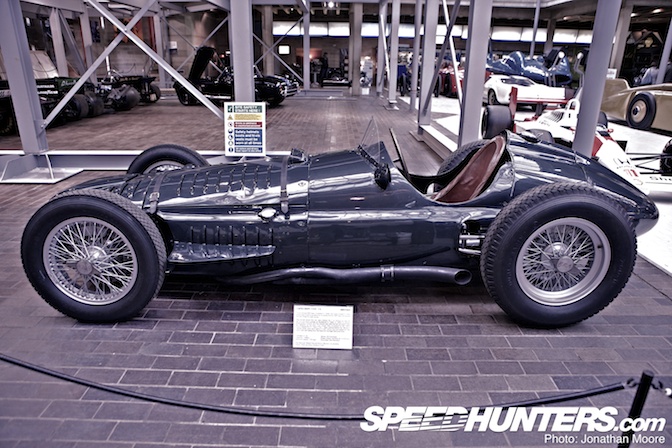
The exceptionally powerful V16 was canted over and mounted at a slight angle to allow the driver's seat to be fitted low-down in the centre of the chassis alongside the prop-shaft, giving a good centre of gravity and a better driving position compared to a lot of the cars at the time. Combined with the tightly-wrapped aluminium body, it almost has a hot-rod feel to it. The engine produced 550bhp at 12,000rpm – over 200bhp more than the competition of the period – and no less a company than Rolls Royce were commissioned to build two-stage centrifugal superchargers, the designs of which were based on the units used in Spitfire and Mustang fighters in World War II. The engine was effectively two 750cc 135-degree V8 blocks mounted back to back with cam drivers and gears in the centre. It was obscenely powerful and made an un-godly noise. Anyone who hears it never forgets the experience.
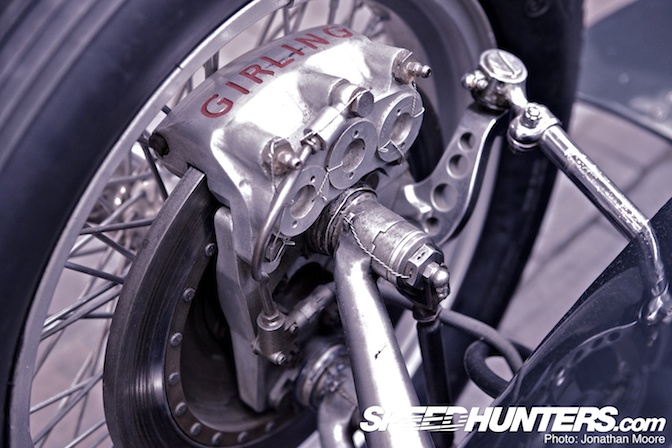
Girling originally manufactured bespoke three-leading shoe drum brakes for the Type 15. Many other British companies were engaged to supply other parts, such as crankshafts and gears, and Lockheed produced the oil-pneumatic air-struts that housed the springs and dampers. These were fully adjustable; one of the many new areas of racing technology first applied to the Type 15. The assembly is a sculptural work of art.
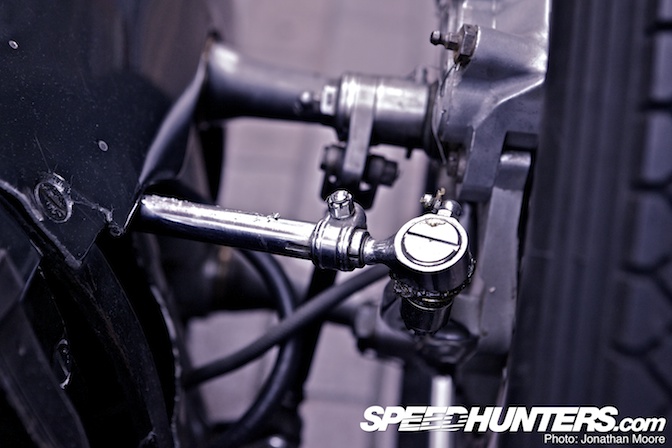
The car was designed and ready to be built in 1947 – but it then took a further two years to gather all the required parts together from Britain's willing but recovering industry. A number of the companies had agreed to supply their components for free – but with no deadline for delivery, which repeatedly pushed back completion of the car. Come 1949 the Type 15 was finally ready. All BRM then needed was a series to show off this behemoth of British race engineering, and for their sins, they got one: the new Formula One championship was open to 1.5-litre supercharged or 4.5-litre normally-aspirated entrants. It was time to go racing.
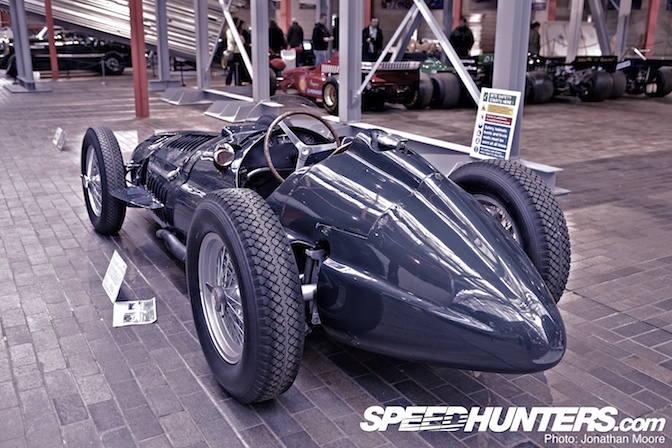
But there would be an inauspicious start for BRM. At the opening race at Silverstone the Type 15 was plagued with problems, mostly down to the conjoined nature of the engine: cracked cylinders, piston failures, buckling of connecting rods… There would be no race, just a couple of demonstration laps with Mays at the wheel. The impression of the audience would be more aural than anything else.
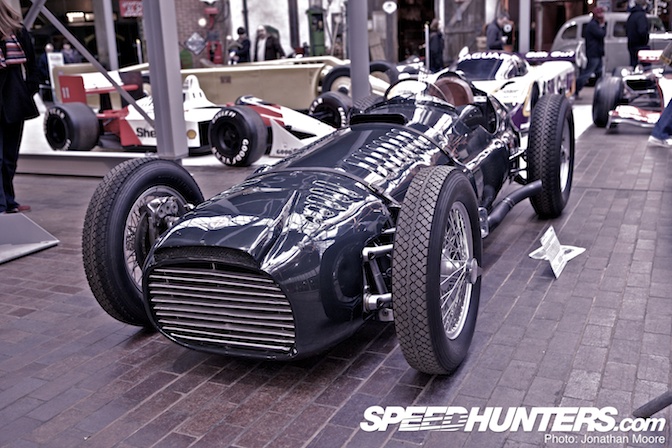
A single car was prepared for a non-championship race later in the season, again at Silverstone: a drive shaft snapped as soon as the driver put the power down at the start. Thankfully things improved the following month at Goodwood, where the Type 15 won twice despite bad weather. The acceleration and speed were obviously not the issues: reliability was.
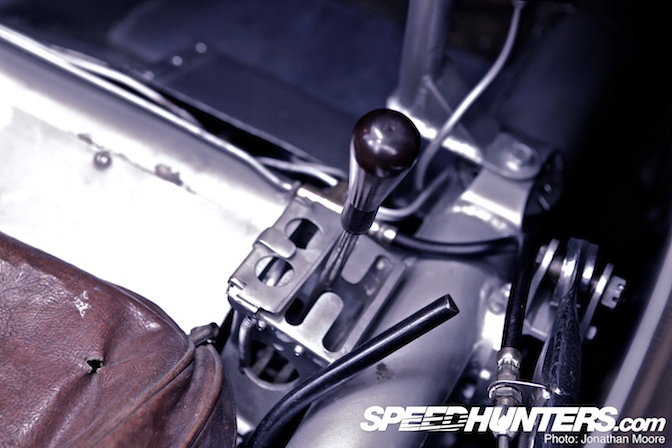
1951. The British Grand Prix. It was more of a trial of endurance than a race for the pair of BRM drivers entered in the race: qualifying was a write-off, and then both suffered from heat exhaustion due to the exhaust pipes initially routing through the inside of the car. Dressings were wrapped around their legs during the pit-stops to counter the burns they were suffering, and they were forced to lower their rev limit to try and reduce the temperatures. They still finished 5th and 7th, despite all this and starting from the back. At Monza, both cars were retired due to gearbox trouble, but this at least provided another milestone for BRM: Girling supplied disk brakes for the Type 15 – the first to be used on an F1 car – which were tested at Monza after the race. This Mark I is fitted with the disk brake upgrade.
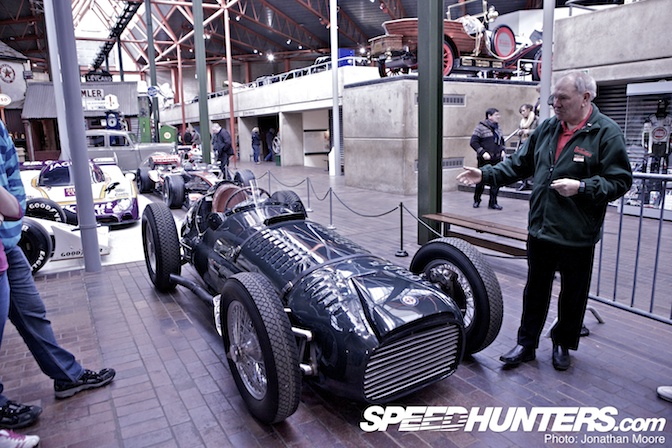
In 1952 Stirling Moss joined the test team to help develop the car: initial outings were yet again compromised by unreliability, before a three-car BRM team blitzed all three podium positions at a non-championship race at Goodwood. Things were on the up: BRM signed Moss as a prospective race driver whilst pursuing the legendary Juan Manuel Fangio to drive a second car, an idea great in formation principal but disastrous in execution. With Fangio testing for them, BRM dropped out of F1 – leaving just Ferrari as the only manufacturer competition. In the face of such a boring monopoly on the races, F1 organisers immediately changed the rules to run the remaining races as Formula 2 events – thus at a stroke killing off the Type 15's raison d'être.
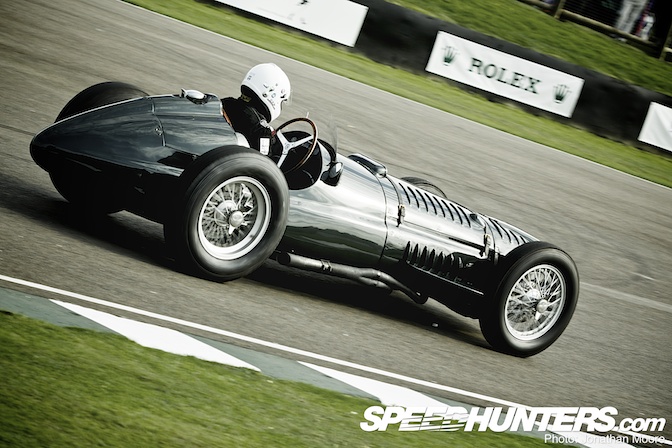
Moss, like Mike Hawthorn who also tested the car, found it intensely difficult to drive: all the power was at the top end. There was nothing and then at 8,000rpm there was everything. But the car was further developed under Fangio's guidance – perhaps the only man who could master this unholy creation – and the V16 would top out at almost 600bhp by the end of its competitive life with a 186mph top speed. Fangio would win in the Type 15 into 1953: he was quoted as saying: "I consider it to be, basically, the best Formula One car ever made". This Type 15 in the Beaulieu National Motor Museum was proudly run out at this year's Goodwood Revival in honour of the great man.
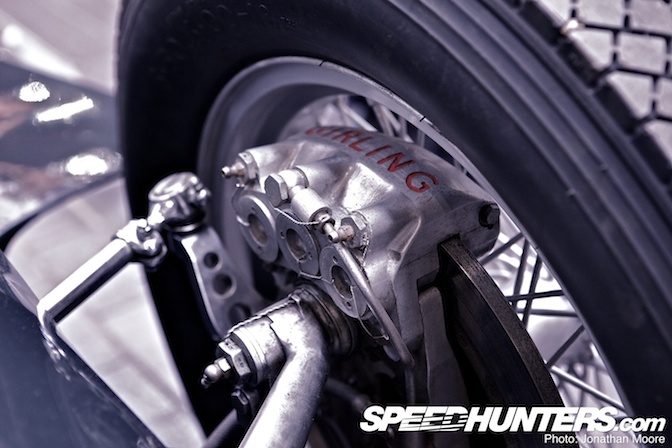
In Mark II form, the Type 15 raced on until 1955: reliability was now sorted, but F1 was no longer open to the car – so the successes it had were not recognised at the top level. Graham Hill later drove the car in a demonstration run using the original Rolls Royce supercharger inlet: the engine revved to 13,000rpm and was believed to be producing an almighty 780bhp.
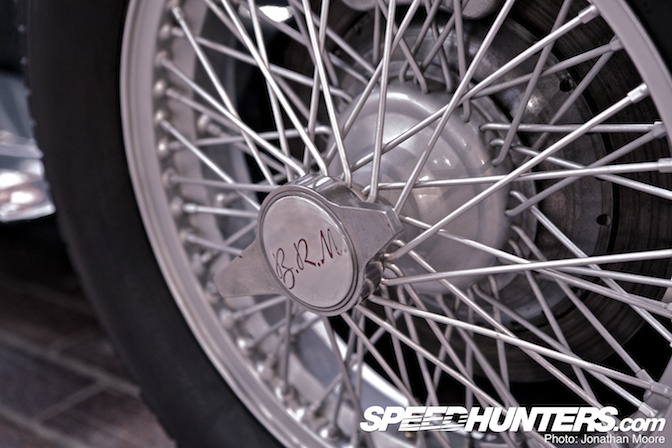
With just five cars built (three Mark 1s and two Mark IIs) and four Grand Prix entries (and only two actual starts…), it isn't the results that have made the Type 15 so important. But it defines through emotion, noise and innovation – like the Lotus 49 – what Formula 1 racing is all about.
Jonathan Moore






What a beaut~
unbelievable, it must have been exciting trying to put power down with those skinny tires.
A lot of the ideas in this car were taken from an investigation the British motor industry did after World War 2 into the Pre-war German Grand Prix cars from between 1934 and 1939
This is easily the best sounding car in the world....
Turn it up, get some tisues and enjoy.
http://www.youtube.com/watch?v=fZMPDCNyQxE
Really beautiful race car! And yes, it sounds AMAZING!!! These cars should be on the race tracks again.
Amazing machine.
Yeah, those are discs not drums - are we looking at the same photo?
Epic, stunning car. To think of that jewel-like little ode to mechanical complexity making that kind of power with that kind of noise at this kinds of revs over 60 years ago - insane.
what a monster nice
This car is featured in a book called Into The Red and has a cd of the cars in the book racing around a circuit . It sounds like nothing else on earth . A must hear if you get the chance
Outstanding write up. Need more. I wish you had a picture of the engine. I like the history and how you sold the story. Two Thumbs Up!!!
thanks for all the good info
I can't help but notice the alignment of the front right wheel looks a bit off. I wouldn't know if that positive camber was intentional though. On another note, a 1.5L V16 is just nuts! I'd like to know the cylinder dimensions!
@RLee90 Probably intentional